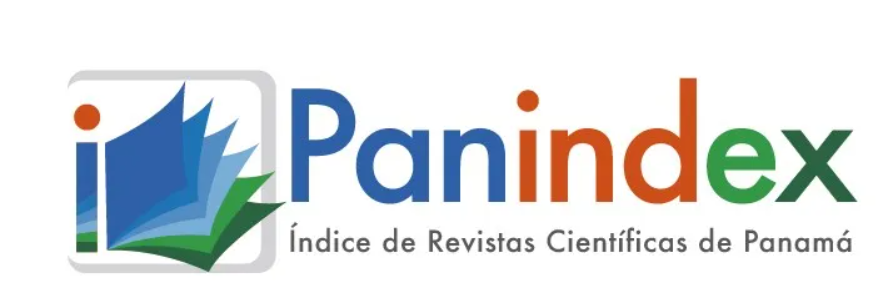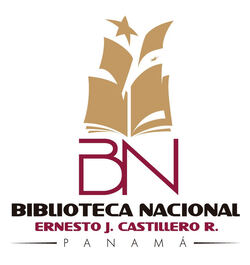The content of the publications and the links suggested in them are the sole responsibility of the authors and not of the Metropolitan University of Education, Science and Technology (UMECIT) or of the journal ORATORES. They are protected by international copyright laws as well as the logos of UMECIT AND ORATORES, hence their reproduction is totally prohibited.
This work is licensed under a Creative Commons Attribution-NonCommercial-NoDerivatives 4.0 International License.
The authors maintain the copyright and transfer the right of the first publication to the journal, with the article registered with Creative Commons Attribution-NonCommercial-NoDerivatives License, which allow others They can download the works published in this magazine and share them with other people, as long as their authorship is recognized, but they cannot be changed in any way nor can they be used commercially.
Authors are recommended to include their work in social networks such as Researchgate and institutional repositories once the article or visible fact has been published on the journal page, without forgetting to include the digital document identifier and the name of the journal.



Abstract
Keywords
References
Venezuela.
Cepeda N (2009) Aprender a leer y escribir para comunicarse. Sta. Edición. Editorial Laboratorio
educativo. Lima - Perú.
De Conde Ch. (2004) Children whit central auditory processing disorders. En HULL, Raymond. The
hearing impaired child in school. Grune & Stratton, Inc. Orlando.
Ferreiro E. (2008) Los sistemas de escritura en el desarrollo del niño. Editorial XXI. Léxico.
Gutiérrez (2006) La dislexia y la familia. 2da. Edición. Editorial La Columna Maracaibo — Venezuela.
Hernández, R., Fernández, C. y Batista, P. (2008) Metodología de la investigación. Ediciones
McGraw-Hill. México.
Hernández P. (2013) Conciencia fonémica y retraso lector: ¿Es determinante la edad en la eficacia de laintervención?, infancia y aprendizaje. Alianza Editorial. Madrid — España.
Martins V. (2008) Los Padres con hijos disléxicos. Alianza Editorial. Madrid — España.
Pardo N. (2005) Lecto — Escritura en los niños. Editorial Educadores. Santiago de Chile — Chile.
Pereda J. (2013) La lectura como proceso cognitivo y comunicativo. Editorial Limusa. México.
Thomson (2009), Dislexia. Su naturaleza, evaluación y tratamiento. Alianza Psicología.
Downloads
Publication Facts
Reviewer profiles N/A
Author statements
- Academic society
- Universidad Metropolitana de Educación, Ciencia y Tecnología
- Publisher
- Universidad Metropolitana de Educación, Ciencia y Tecnología



















